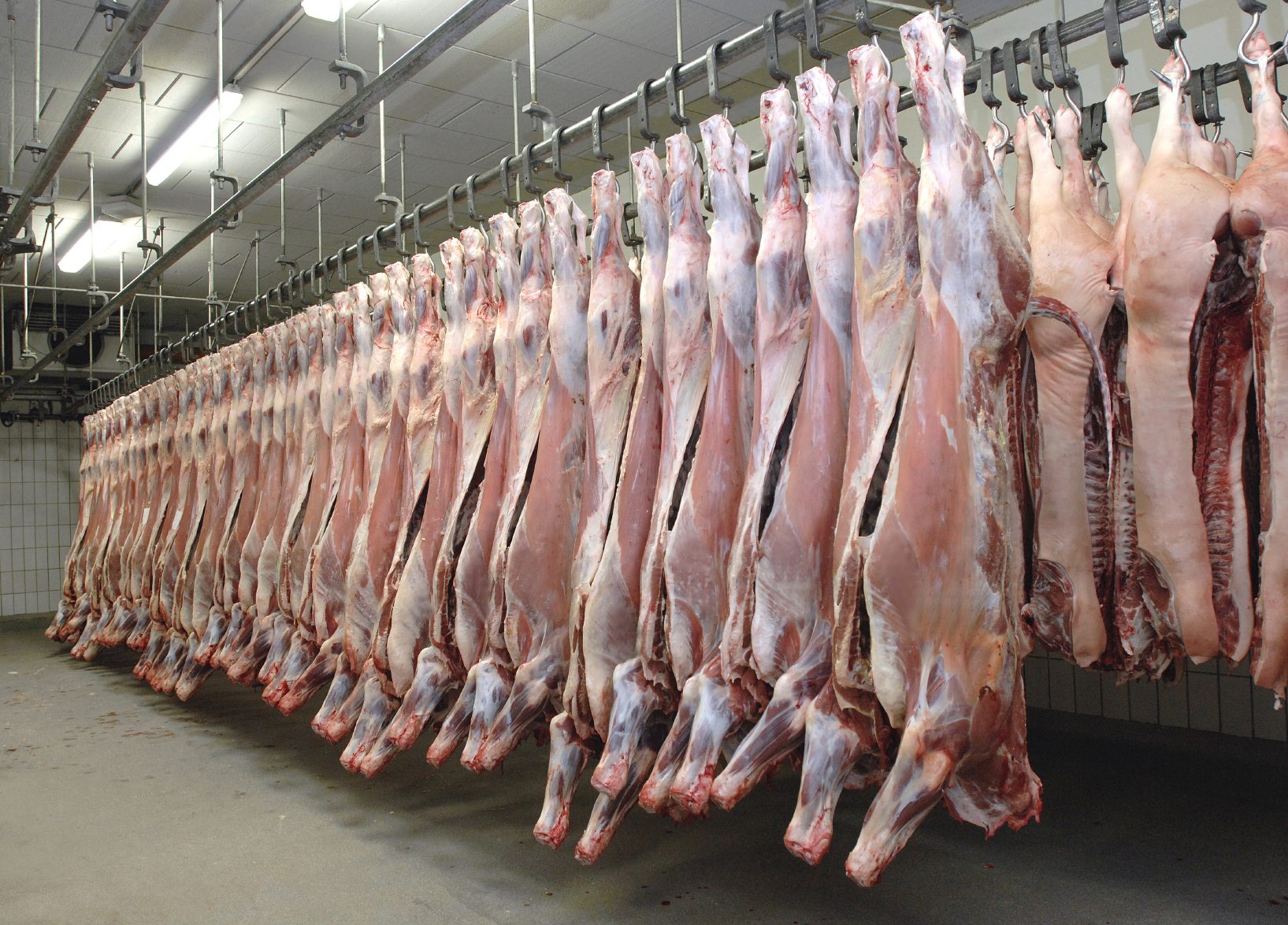If a food product meets stated requirements, whether by the manufacture, the government, industry groups or the consumers, it is said to be of good quality.
Some of those quality characteristics include that may be stated include:
- Colour attributes
- Flavour
- Protein quality
- Mineral content
- Microbial quality such as Coliform counts, yeast and mold counts etc
- Level of aflatoxins
Some of these quality attributes are safety characteristics that are geared towards ensuring that the food is safe and cannot harm the consumers. Thus, food cannot be termed to be of good quality unless the safety of the food is assured.
Some safety aspects include:
- Aflatoxin content
- Coliform counts
- Salmonella presence
- Physical hazard presence

